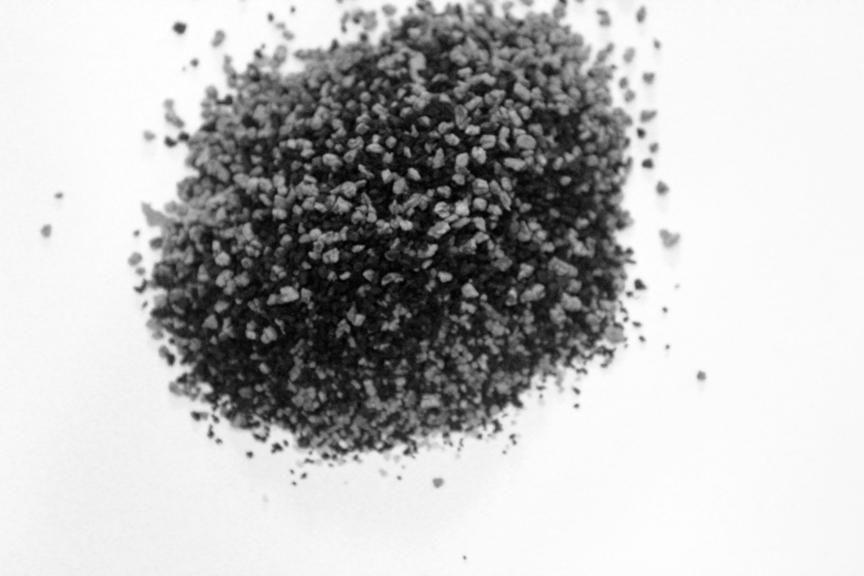FieldTurf is the company that made Saratoga’s football field. The bolded quotes are taken from the Crumb Rubber section of FieldTurf’s report titled “Synthetic Turf Safety Proven by Science.” This report was presented to schools as evidence of synthetic field turf safety.
Aside from its use in synthetic turf sports fields, crumb rubber is also used in a variety of products from children’s rubber toys to surgical gloves to food packaging, and even in chewing gum.
This is allowed under the Resource Conservation and Recovery Act (RCRA), which permits the recycling of hazardous waste into consumer products, thereby exempting the waste from RCRA requirements. The logic: toxic substances will be contained within the product, and the effect will be minimal.
The fundamental flaw — a loophole in the RCRA — with shredded tires is that the chemicals are in fact released from the matrix that contained them. The shredding increases the surface area of crumb rubber, and the increased temperature causes the chemicals to volatize and give off gases.
“A variety of governmental bodies including Norway, Sweden, New Jersey and California have recently reviewed the health issues; their assessments have not found a public health threat. Sources of exposure unrelated to artificial turf fields are likely more important than the turf fields for many chemicals.”
Connecticut Department of Public Health, October 2007
Dr. David Brown, a toxicologist, said that New Jersey looked only at lead, Norway found inhalation risk from the particles, and California's study contained many data gaps.
“No health organization has stated that ‘after complete testing of the overall products the uses are safe.’ The industry seeks out equivocal experiments, and has been known to redact the unfavorable information and bind them into thick spiral notebooks and given them to local decision makers,” Dr. Brown said. “Those hard working persons have no idea what they have been given means.”
“Based on the minimal concentrations of chemicals detected, it is considered very unlikely that any inhalation exposures would occur to humans in close proximity to where crumb rubber is used in outdoor applications.”
New Jersey Department of Environmental Protection, Division of Science, Research, and Technology, June 2007
This is just one of many studies (California’s Office of Environmental Health Hazard Assessment, Dye et. al, to name a few) in dispute over the effects of vapor inhalation.
The point of “minimal concentrations” is also up for debate. Dr. Brown pointed out that the tires used in artificial turfs come from around the world, and that samples vary greatly even within the same field.
“You have no idea how many carcinogens there are,” Dr. Brown said. “If you analyze it, you might get one of the high-high samples, you might get one of the low-low samples, or something in between.”
“Exposure via inhalation deemed low risk. Oral ingestion deemed low risk because ingestion not likely, furthermore, question of how effective stomach acids and enzymes are at extracting toxic chemicals from tire crumb and transporting them into the blood stream.”
D.A. Birkholz, Director, Research & Development, ALS Laboratory Group, Edmonton, Alberta, October 2006
According to Dr. Brown, this is simply not true. Birkholz is not a toxicologist, and a study by California’s Office of Environmental Health Hazard Assessment showed that stomach acids do release the components of the tire crumbs and make them available for absorption into the bloodstream.
“Birkhoz appears to be using one simplistic bench top exercise in which a square of rubber was left in a beaker of hydrochloric acid overnight and, when observed by eye, did not appear to be changed the next morning,” Dr. Brown said. “There was no analysis of the rubber square to determine whether anything had been released.”
The Connecticut experiment station showed that chemicals are released into the air under mild conditions. The Connecticut Department of health studies show that organics are released from fields and collected on air samplers worn by persons playing soccer.
It is important to note that the conclusions of the Connecticut study were changed (softened) when a reviewer expressed concern about the economic impact of the report on communities that had already installed fields.


























